2019 was a very weird year for tea.

Or rather, a very weird year for how tea was covered in the press. And by “press”, I mean, mainstream media, not the usual tea or beverage-centric haunts that won’t hire me that cover tea. I’m talking about The New York Times and Thrillist, just to name the most prominent.
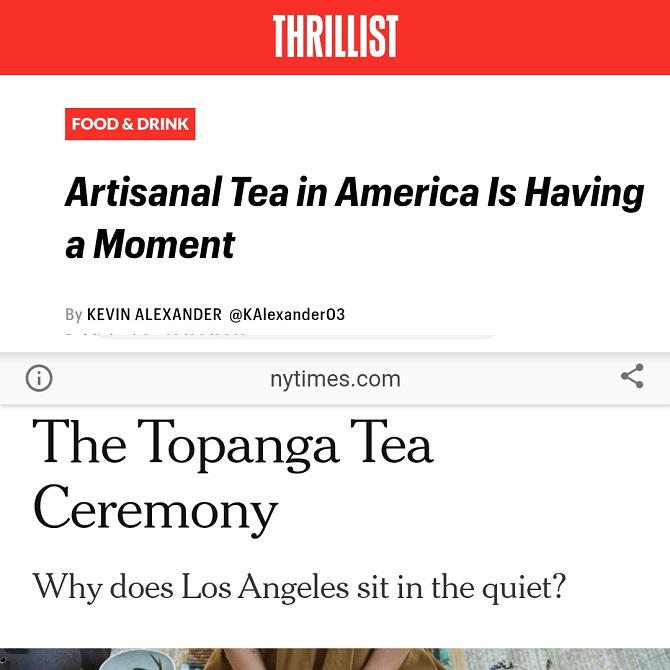
Tea is no stranger to press, but it’s usually geared toward press releases. Stuff submitted by tea companies hocking a new product or recipe. That or some up-and-coming health “influencer” using tea to further their holistic street cred. Now, I frequent the dankier parts of the tea Internet, and most of the die-hard tea stans have railed against some of this coverage.
The most measured response came from a writer I met and respect.

Most were sensible about their rebuttals to the Thrillist article. (I wasn’t, but I made up for it later.) However, the one in The New York Times really set tea peoples’ inner kettles to boil. It covered an aspect of tea culture that has been a hot button issue, just bubbling under the surface. Even more controversial than the purported “health benefits” malarkey surrounding the beverage. To what to I speak? I’m referring to the proposed link between tea . . . and spirituality.
I won’t go into detail about what the article said. (You can click here if you have the time or inkling.) Nor will I focus on any of the backlash it received, particularly in gong fu cha circles. Neither are particularly important. At least, not to me. I will, however, address this topic in how it applies to my tea journey and my faith walk. For, unbeknownst to me, the two are somewhat linked, but not in the way I thought.
If some of you have realized in a few of my recent articles, a few sprinklings of faith-based rhetoric have spirited their way into my tea prose. Not too surprising, considering I finally admitted to myself that I’m a Christian in September of this year. That influence was bound to worm (or rather, leviathan) it’s way into some of my narratives. Particularly the ones that required a teaspoon of introspection or two.
Some years back, my father even suggested I explore my relationship with tea, and how it coincided with my faith walk . . . in novel form. I politely railed against the idea. Because, like many in the deeper tea trenches, I didn’t want there to be a spiritual link to my tea practice. Tea served two purposes: to wake me up, or to calm me the eff down. And story inspirations, in the interim.
That said, I did try to incorporate tea into my daily prayer routine. A so-called “gong fu session with God”.
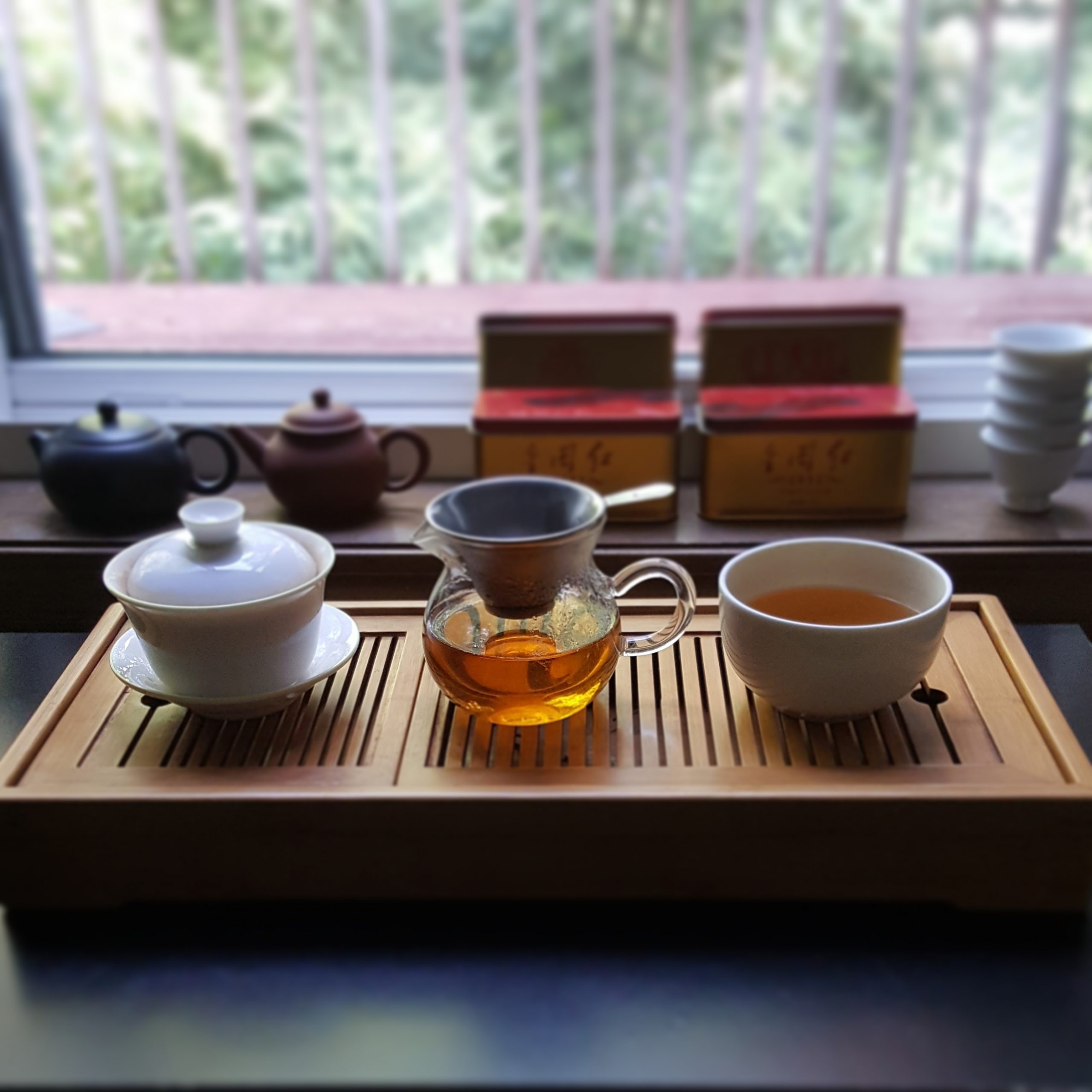
It didn’t take; felt too weird. However, I did keep praying, and I didn’t completely dismiss the idea that tea still held a tangible link in my quest for higher wisdom. I just didn’t think there was a direct link. If only I had a word to describe such a fuzzy middle ground.
Around the same time as those articles hit, my father and I were having a conversation on Bible stuff. (As you do.) On some days, we could go on for hours. On others, mere minutes. This was one of the longer ones. Before bidding farewell, he asked me to research a Hebrew word: Selah.
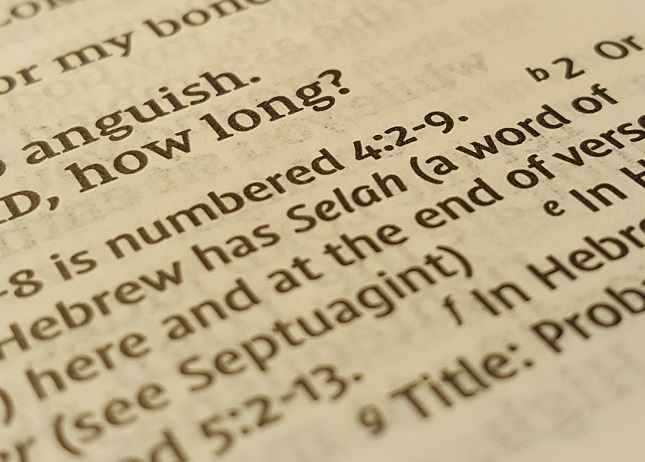
The word appeared in the Old Testament 74 times; 71 in the Book of Psalms, three in the Book of Habakkuk. The latter was the account of one of the twelve minor prophets in the Bible, who proselytized in the time prior to the Babylonian exile of the Jews. The former . . . well . . . a bunch of psalms, many attributed to King David himself. Selah appeared in places between poems and songs in both Books, usually as a separation between verses and stanzas. Example:
‘I will establish your line forever and make your throne firm through all generations’
Selah
The heavens praise your wonders, Lord, your faithfulness too, in the assembly of the holy ones.
Psalm 89: 4-5
The funny thing, though, is that the word has no known translation in any other language. There are many interpretations of what it could mean. The most readily accepted is that it signifies a break in a song. After all, most of the psalms were performed, not just intended to be read. The word probably had the same function as a modern refrain. Another likely interpretation is that it held the same significance as ending a prayer or hymn with “Amen” (Hebrew for: “so be it”).
My favorite, though, is a combination of the two mentioned above. The word doesn’t just function as a break in a song or an end to a hymn, but also holds higher significance. The pause is used as a time to reflect; to ponder the weight of what was sung, prayed for, or read. That stuck with me.
It finally hit me how this applied to tea and spirituality; not during a gong fu session, but rather while enjoying a fresh pot.
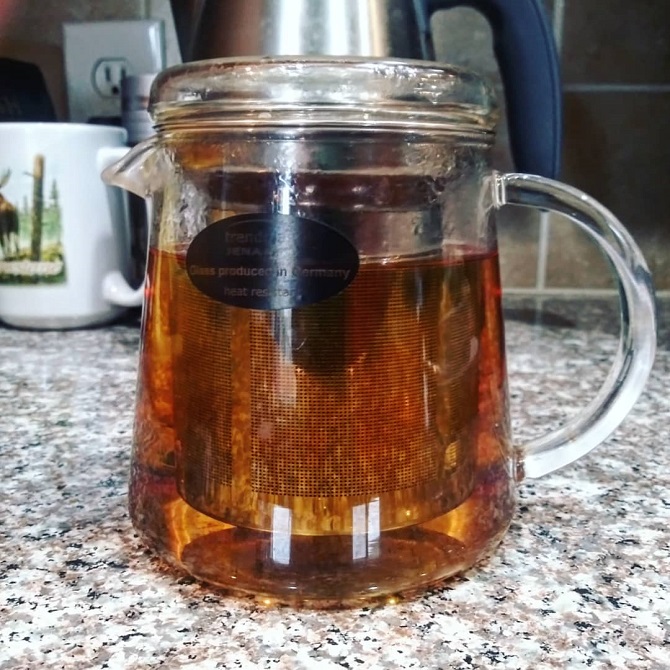
Tea itself wasn’t a spiritual pursuit, nor was it the lubricant for a spiritual journey. Tea was for the moments in between. The quiet interlude when the spiritual pedestrian needs to empty their mind, collect their thoughts, and mull over what they’ve learned on their journey thus far. And if shared with others, all the better. A collective sigh of (and for) relief.
I can think of many times where tea has served that function for me . . .
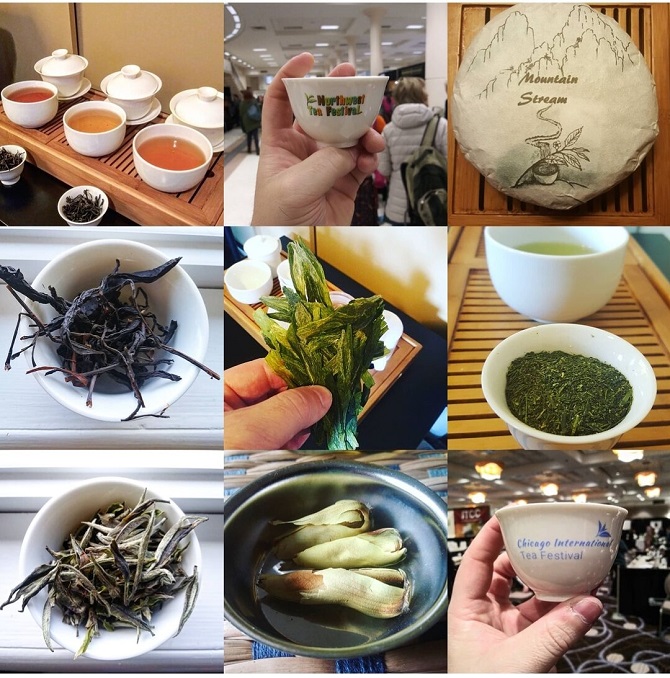
. . . Especially during the chaotic dumpster fire that was 2019.
Tea can be an integral part of our journey—be it spiritual or spirited—for it is the moments in between that determine our next course. Where will my journey take me next? I have no idea. But I’ll be sure to pause and steep along the way, and maybe share it here.
Selah.
So be it.
Leave a Reply to Xavier Cancel reply